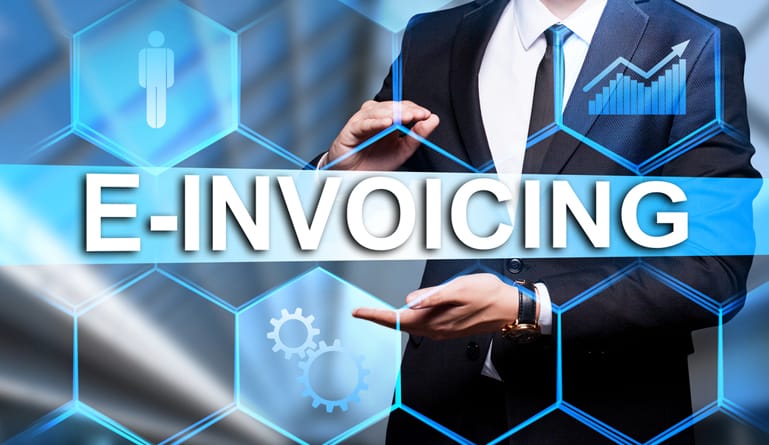The procedure of receiving, processing, and sending customers’ sales bills using electronic data interchange is known as EDI invoicing. Electronic data interchange (EDI) is the software platform that two companies use to exchange business information in a specific electronic format via computers. Before doing so, the companies agree to adopt EDI standards applicable to the industry within which they operate their businesses. These include AIAG, CIDX, VICS, SAFLINC, EIDX, TAMCS, or EDIFACT. However, most companies dealing in the purchase and sale of general consumer products prefer to adopt the ANSI ASC X12 standard. When processing customers’ invoices, the companies use transaction code 810.
How do companies process an EDI invoice?
Under the manual system, companies receive purchase orders from their customers specifying the products they wish to buy. Companies then assemble the necessary products their buyers request and calculate the order’s approximate sales value. After doing so, they ship the products to their customers and dispatch the relevant invoices via mail. On receiving these invoices, the customers pay for the products they purchase from the companies to complete the transaction. One of the biggest drawbacks of the manual system is that it is a time-consuming procedure. Companies can overcome this problem by processing their customers’ invoices using an EDI platform which involves the following steps:
- Customers send their purchase orders to the companies via transaction codes stating the products they wish to buy,
- The EDI platform which the companies use receives the purchase orders instantly and simultaneously sends them to the ERP system,
- The enterprise resource planning (ERP) system then assesses whether the products are available in companies’ inventory,
- If the products are present, the ERP system arranges to ship them to the customers and generates a billing transaction,
- The ERP system sends the billing transaction to the EDI platform which creates an EDI Invoice via the transaction code and
- The electronic invoice is then sent to customers who arrange to pay for the products they purchase.
Advantages of EDI invoicing
Companies opting to process their customers’ invoices via electronic data interchange enjoy the following advantages:
- Electronic data interchange enables companies to process their customers’ invoices in a matter of minutes,
- Companies can overcome the issue of inadvertent human errors which is common in manual processing of customers’ invoices,
- Companies get instant confirmation from their customers on the receipt of their invoices unlike the manual system, and
- Electronic data interchange allows companies to reduce costs as they do not have to spend money on printing paper invoices.
Companies can provide better services to their customers by issuing them an EDI Invoice after processing their purchase orders. In doing so, they can prepare, process, and send the electronic document to buyers within minutes. As electronic data interchange technology automates the entire procedure, the companies do not have to worry about inadvertent human errors. Moreover, they get instant confirmation from their customers when they receive their invoices. In the process, the companies save a lot of money and can use the funds saved for other business development processes.



